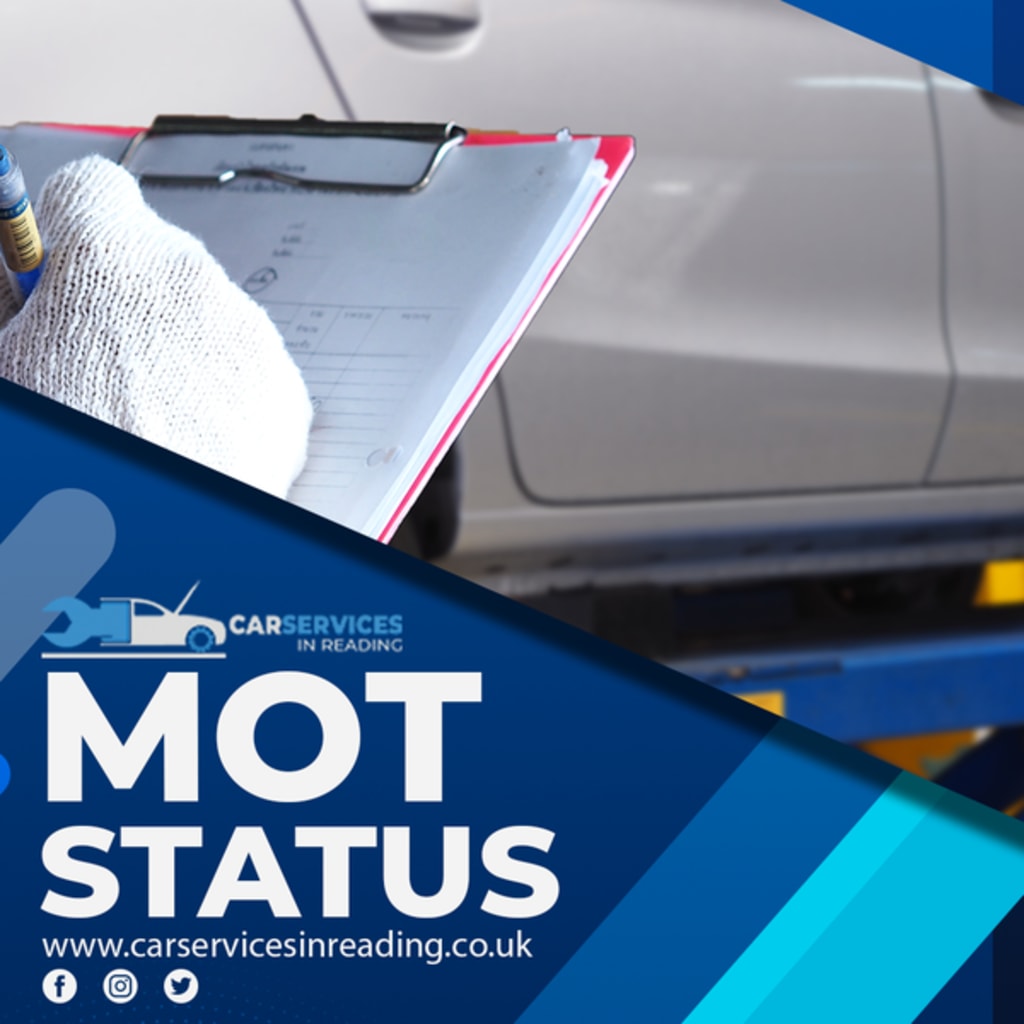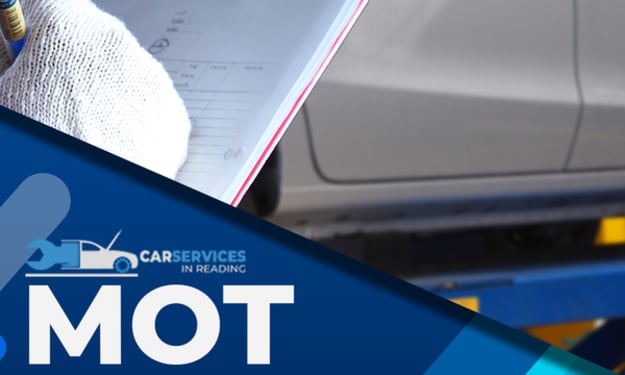What Does an Oil Pressure Sending Unit Do?
A defective oil sending unit can cause serious harm to your engine by depriving it of the necessary lubrication. To avoid total engine failure, look for a garage in Reading or take your car to a local technician to fix the problem.

Several electrical gadgets are installed in vehicles to make the driver's work simpler. These systems connect with the rest of the car's components to let the driver know if everything is working properly.
One of these critical computerised components is the oil pressure transmission device. Have you ever wondered why a car may run out of oil and the driver is fully oblivious of it? A defective oil sending device is the source of the problem.
A defective oil pressure transmitting device can cause total engine failure by depriving the engine of the necessary lubrication. To have a comprehensive diagnostic check and repair the issue, look for a garage in Reading or take your vehicle to your local technician.
If this component is so crucial, what is an oil pressure transmitting unit in a car and how does it work? Let's see what we can find out in the following segment.
A car's oil pressure sending unit is a mechanical device that regulates oil flow within the engine compartment. The component is in charge of sending information about the vehicle's oil pressure to a computerised system that regulates the indicators.
To function effectively, both the oil pressure gauge and the warning light indicators rely on data from the vehicle's electrical system.
Meanwhile, the automatic system relies on the oil pressure transmitting unit for signals that allow it to communicate with the gauge and warning light on the dashboard.
As a consequence, if the oil sending unit malfunctions, the computerised system gets a false or no signal, which it then uses to send information to the gauge and dashboard oil pressure warning light.
Search for a car service near me garage and book your car in with a car mechanic who is trained in this field.
This might result in an emissions test failure at your next MOT, therefore it's best to check MOT status of your car and get this issue fixed by your local technician.
Have you ever been baffled by someone referring to a vehicle's oil transmitting unit as a "oil pressure switch" or "oil pressure sensor"? Let's check if they're different or the same.
Switch for Oil Pressure
An oil pressure switch is a mechanism that is fitted in the engine compartment of a vehicle to monitor oil pressure levels and turn on/off the related oil pressure dashboard warning light.
If you check MOT history of your car, you might be able to see that your car failed an emissions test and the reason for this was related to your parts connected to the engine oil.
The oil pressure switch is located on the car's engine block. When you start a car, the oil pressure warning light and other dashboard lights usually flash for a few seconds before going off to indicate that everything is in working order.
Meanwhile, if a vehicle's electrical system receives a false signal from the oil pressure switch, the erroneous data will be relayed to the gauge and warning light. When this happens, the warning light may appear and stay lighted for a long time until the problem is resolved, or the switch is replaced.
Sensor for Oil Pressure
You might wonder, "How does an oil pressure sensor work?" The oil pressure sensor in a car is a mechanical device that senses the engine's oil pressure. It then sends a signal to the vehicle's electrical system, which communicates the data to the oil pressure gauge and the warning light, respectively.
An oil pressure sensor is technically responsible for both the oil pressure sender and the oil pressure switch. As a result, one may argue that their responsibilities are equivalent. However, there is a distinction to be made between the two. Pay special attention to the following paragraphs.
Differences Between an Oil Pressure Switch and a Sensor
The functions of an oil pressure transmitting unit and an oil pressure sensor may appear to be interchangeable when compared. A slight discrepancy between the two is as follows:
1. The oil pressure switch simply activates or triggers the oil pressure warning light display when low oil pressure is detected.
2. An oil pressure sensor, on the other hand, is responsible for measuring the actual oil pressure and sending the corresponding signal to the oil pressure gauge for accurate reading.
What Are the Symptoms of a Malfunctioning Oil Pressure Sending Unit?
A vehicle's oil pressure transmitting unit is one of the most important components that should not be overlooked if it malfunctions. The part is built in such a manner that it is easy to recognise when it breaks or fails. A defective oil pressure transmitting device manifests itself in the following ways:
1. Oil pressure warning light comes on - One of the first indicators of a defective oil pressure sending unit is the automatic display of the oil pressure warning light. The warning light glows when the oil sending unit malfunctions, and the display remains on until the problem is repaired. In certain cases, checking the oil level will disclose that everything is in working order. It might be an early warning sign that the oil transferring unit is deteriorating and requires immediate attention.
2. Blinking oil pressure warning light - Another symptom that is linked to the first is the inconsistency (blinking) display of the oil pressure dashboard warning light. The light remained on in the first circumstance, but it switched on and off fast in this one. When the oil pressure light flashes on and off frequently, it means there is an issue with the oil pressure transmission unit, which should be fixed as soon as possible to avoid further damage.
3. Inaccurate readings on the oil pressure gauge - Have you ever seen an oil pressure gauge on a car that displays 0 from morning to evening, and sometimes even the next day? That's it; the oil pressure transmitting mechanism in the car is malfunctioning. The gauge may occasionally show a reading that is lower or higher than the actual oil pressure in the car. The a fore mentioned symptoms are almost comparable to those associated with an oil pressure switch. If you experience any of the three symptoms stated above, it is not time to disregard and manage your car driving about. It's also not a good idea to wait after seeing these symptoms; it's best to check the oil level immediately away and get expert help if you can't solve it yourself.
About the Creator
Car Services in Reading
Are you looking for a reputable and high-quality car garage in Reading ? Car Services in Reading is your one-stop shop for online garage services in Reading. Book online car repair services with us with confidence.
Enjoyed the story? Support the Creator.
Subscribe for free to receive all their stories in your feed. You could also pledge your support or give them a one-off tip, letting them know you appreciate their work.






Comments
There are no comments for this story
Be the first to respond and start the conversation.